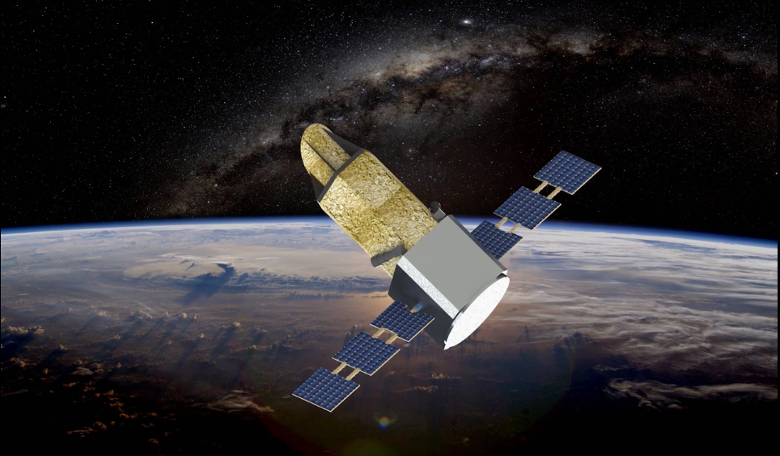The BoldlyGo Institute has announced that it is living up to its name by boldly going on a hunt for habitable Earth-size planets in the Alpha Centauri system using a state-of the-art space telescope; but they will not be doing it alone.
Helping in this search is NASA and the two have signed a Space Act Agreement to cooperate on the mission known as “Project Blue.” Its aim is to locate and capture the first “pale blue dot” image of another Earth in the closest star system to us.
The Institute have already launched a crowdfunding campaign to help fund Phase A of the mission. The money that is raised will be funnelled into funding the design of a small specially designed space telescope with a 45-50 centimetre aperture that is capable of blocking a star’s light in order to image surrounding exoplanets.
“We’re pleased to be working with NASA on this ambitious public-private partnership,” said Dr. Jon Morse, CEO of BoldlyGo. “Much of the coronagraph imaging technology needed for Project Blue to take direct images of exoplanets from space has been developed through NASA-funded programs. Having access to NASA’s scientific and technical expertise throughout the mission lifecycle is invaluable.”
Project Blue will demonstrate and test coronagraph and wavefront technologies similar to ones currently being studied by NASA (for example LUVOIR and HabEX), that could be used on much larger future space telescopes.
The agreement made with NASA is more of a consultation agreement allowing NASA employees – scientists and engineers – to assist with the Project Blue team during its mission development phases. This will include helping to review mission design plans and to share scientific results on Alpha Centauri and any discovered exoplanets. Project Blue will also benefit from being able to test their latest technology designs at specific NASA facilities.
It is anticipated that the telescope will take three to four years to build and launch and once in orbit, it will perform an intensive two-year study of Alpha Centauri — the closest star system to Earth. While many current exoplanet missions have shown that terrestrial-sized planets are common in our galaxy, Project Blue would be the first to image in visible light a planet as small as our own, another ‘pale blue dot,’ that could potentially sustain life.
BoldlyGo Institute is a non-governmental, non-profit organisation that was founded, according to its website, “to address highly compelling scientific questions through new approaches to developing space science missions while engaging the global community in the quest.”
The Institute is also behind the SCIM mission; Sample Collection to Investigate Mars. As the name suggests, SCIM will use a sleek, elongated aeroshell to fly to the Red Planet and return the first samples of Martian materials to Earth without the complexity and risk of landing, and at a fraction of the cost. BoldlyGo are currently fundraising to begin implementation of this mature mission concept.











